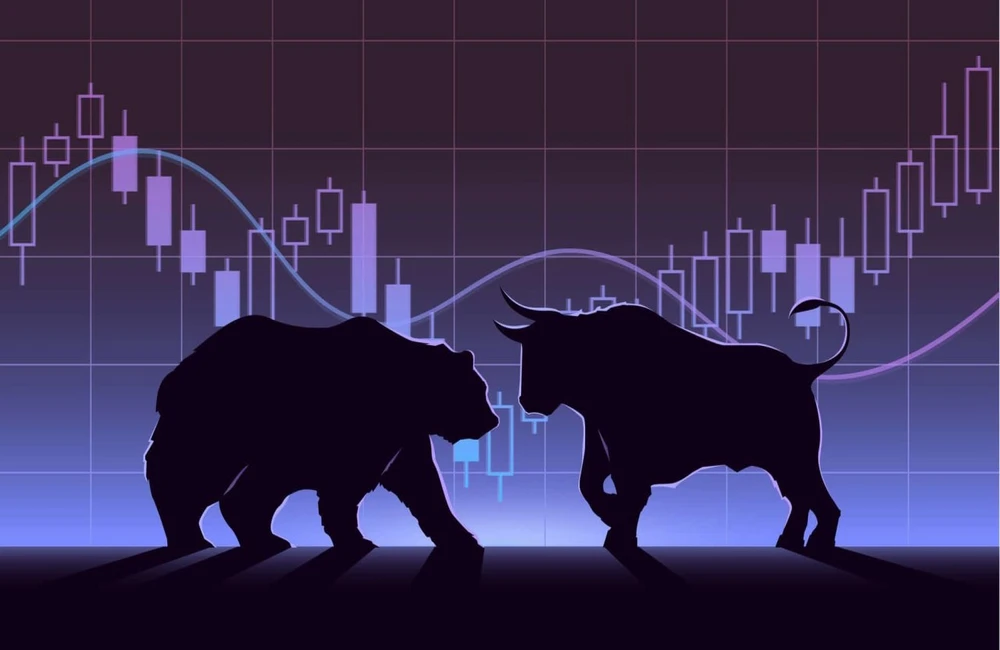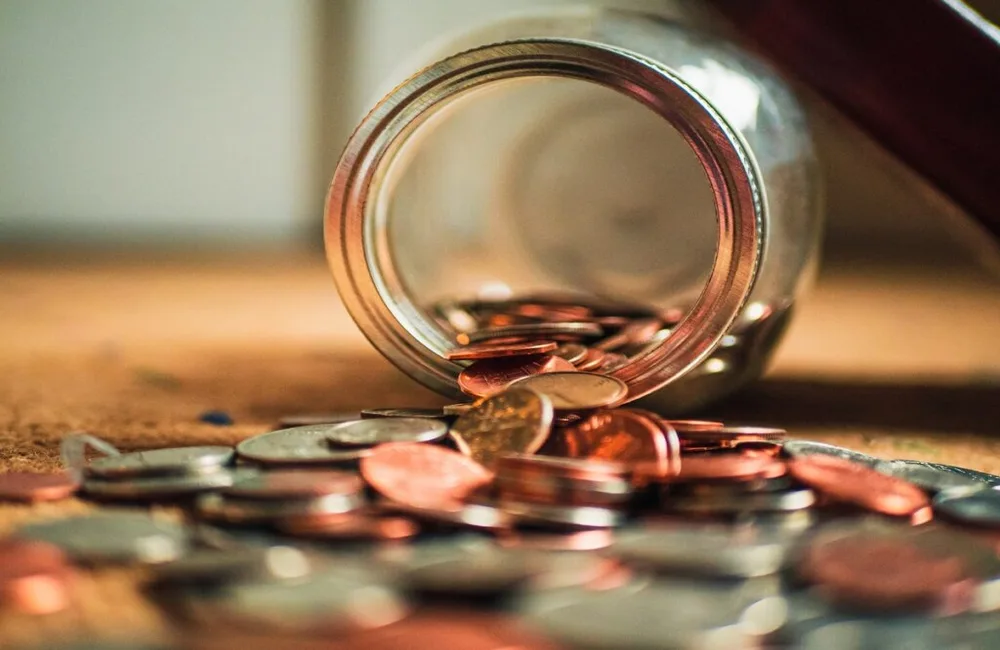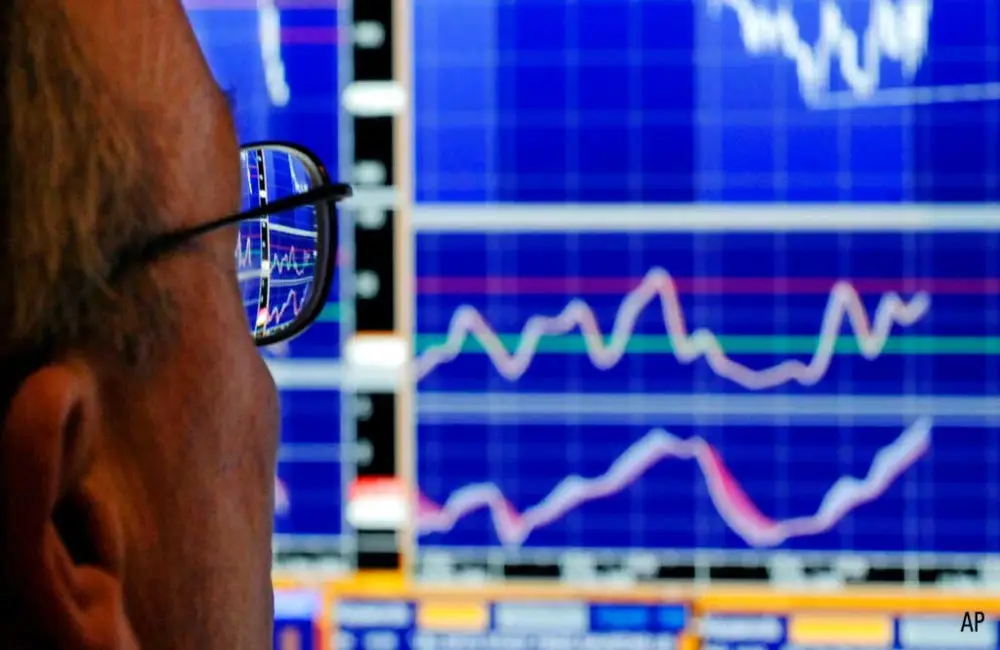The Reserve Bank of Australia blindsided markets with its largest cash rate hike in over 20 years on Tuesday and analysts are telling investors to expect more of the same as the bank wrestles with accelerating prices that continue to exceed the bank’s own predictions.
The target cash rate will increase from 0.35% to 0.8% following a 0.5% hike by the Reserve Bank, its first since 2000, at its monthly board meeting on Tuesday afternoon. Only three of the 22 economists surveyed by Bloomberg before the decision had predicted a move of this magnitude.
In a statement announcing the move, Governor Philip Lowe pointed to inflation that is now “higher than previously expected” and attributed the rise in prices to the long-term effects of the pandemic, Russia’s war in Ukraine and an economy here that is straining at the seams.
But the “resilient” local economy should bear higher rates, bolstered by bloated savings accounts, elevated commodity prices and unemployment at fifty-year lows, he said.
“The Board’s decision to increase interest rates today is another step in the process of normalising monetary conditions following the unprecedented monetary support that was provided to the Australian economy through the pandemic,” Lowe said. “The strength of the economy and higher inflation mean that this extraordinary support is no longer necessary.”
Tuesday’s move vindicates hardline forecasts from traders in futures markets, who have long wagered that the Reserve Bank would be obliged to backtrack on guidance from last year that rates would remain low until 2024. Futures markets accurately priced in Tuesday’s 0.5% interest rate hike, with another cash rate of 3.1% assumed in December.
Economists at Commonwealth Bank dramatically moved their interest rate forecasts higher in response to the decision and now expect the cash rate to be 2.1 per cent by the end of the year compared to 1.35 per cent before the meeting.
Peter Tulip, chief economist at the Centre for Independent Studies and former Reserve Bank and Federal Reserve employee says Tuesday’s outsized move is in line with what markets have been trying to forecast and recommend investors gird themselves for the Reserve Bank to quickly hike rates back into the 2%-3% spacing.
“There’s still a fair amount coming and certainly fairly soon,” says Tulip. “You get a cash rate now getting up into that sort of 2-3% and as you know you start inflicting significant pain on people. So, that is when you want to be gradual. But when there’s a lot of room to move, that’s when you want to move aggressively.”
That would commit the bank to more interest rate rises in the months to come, with the size and timing to be determined by developments in prices and the labour market, Lowe said. New inflation and wages data is scheduled for release in late-July and mid-August, respectively.
“The Board anticipates further steps in the process of normalising monetary conditions in Australia over the months ahead,” he said.
Commonwealth Bank, AMP Capital and Westpac are now forecasting a second 0.5 per cent rate-rise in July and a round of 0.25 per cent hikes later in the year.
Equities markets were wrongfooted by the move, tumbling 0.7% on the news and finished down 1.5% on the day.
The Reserve Bank’s hawkish volte-face puts it in the same camp as central banks in the developed world, where officials are serving up meaty rate hikes in consecutive meetings in a scramble to normalise monetary policy in the wake of the pandemic.
With an increase of 1% over six weeks, New Zealand’s cash rate reached 2% this May. In Canada and the United Kingdom, rates are at or above 1%. The second 0.5% hike is widely anticipated from the US Federal Reserve as it meets next week.
Stephen Miller, an investment strategist with GSFM Funds Management, crashed that party, warning Australian investors to brace for "more aggressive rate rises".
“A jumbo hike down the track is possible,” if inflation continues to surprise to the upside as in New Zealand, Canada and the US,” he adds.
Less likely to see rapid rise in deposit rates
It appears savers won’t be handed the full 50 bps in full either, with analysis from RateCity showing that just over half of banks passed on an increase to at least one savings rate following the change to cash rate in May. For example, among banks that did raise deposit rates, many only did so on specific savings accounts.
“After the May RBA hike, the banks wasted no time in passing on the cost to home borrowers but refused to budge for savers, with two out of five banks leaving their savings rates unchanged,” says RateCity research director Sally Tindall.
“For the banks that did raise savings rates, in many of those cases only certain accounts were raised; others remained abysmally low.”
























